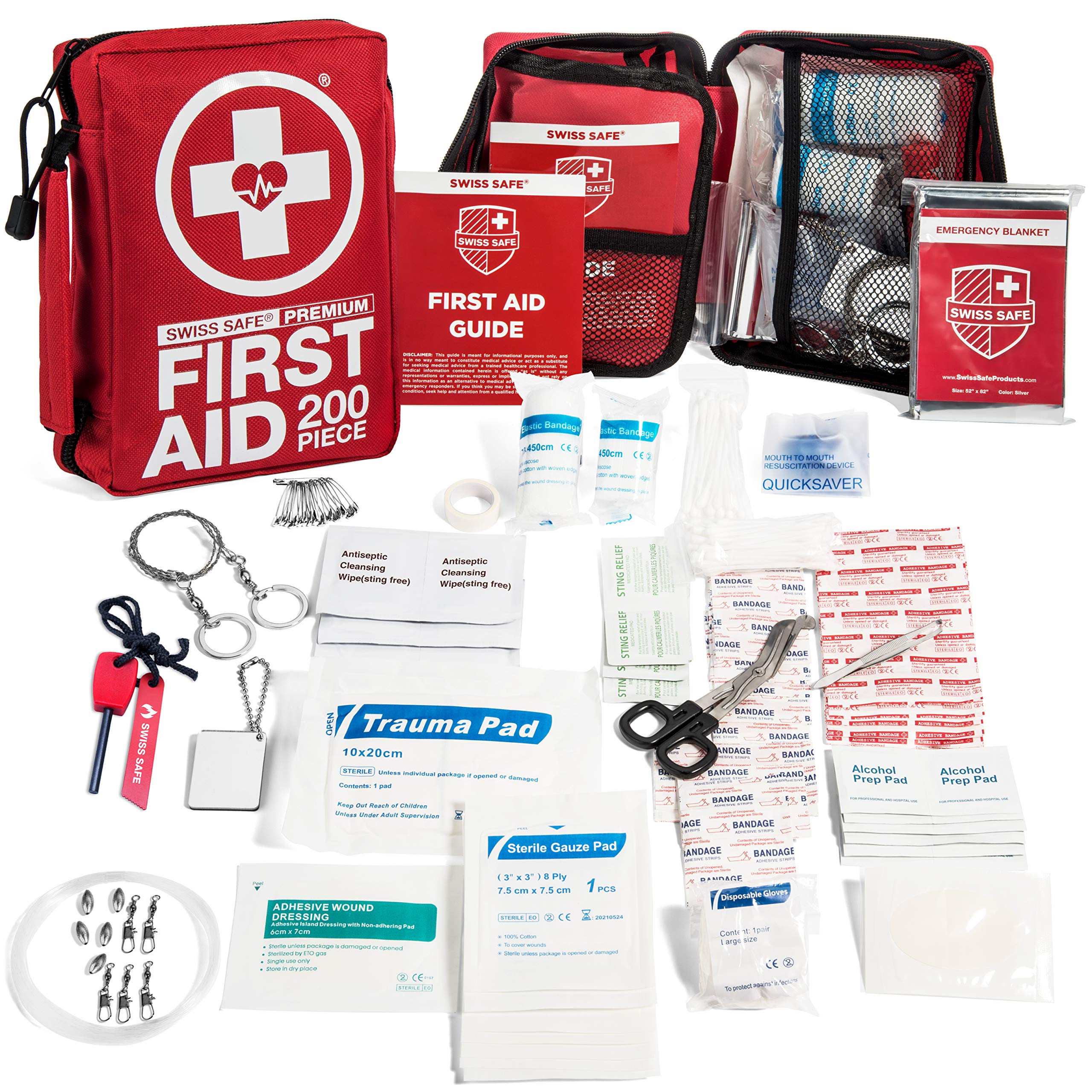Introduction
Outdoor adventures can be exhilarating and fulfilling, but they also come with their fair share of risks. Accidents, injuries, and illnesses can happen when you least expect them, and being prepared can mean the difference between a minor inconvenience and a major crisis. This is where outdoor first aid kits come into play.
In this comprehensive guide, we’ll take a deep dive into the world of outdoor first aid kits. We’ll discuss why they are essential, what to include in them, and offer tips on how to maintain and use them effectively. Whether you’re a seasoned outdoor enthusiast or just getting started, this information will help you stay safe and enjoy your adventures with peace of mind.
The Importance of Outdoor First Aid Kits
- Immediate Care
Outdoor environments often lack immediate access to medical facilities. In case of an injury, a first aid kit can provide you with the tools needed to address wounds, burns, or sprains until professional medical assistance is available. - Safety Precautions
Having a well-equipped first aid kit is a crucial safety precaution. It allows you to quickly respond to common outdoor mishaps like insect bites, blisters, or minor cuts, preventing them from escalating into more significant issues. - Remote Locations
Many outdoor activities take place in remote locations where it can take hours or even days to reach civilization. In such circumstances, a first aid kit can be a lifesaver, providing immediate care and increasing your chances of survival.
Building Your Outdoor First Aid Kit
Now that you understand the importance of outdoor first aid kits, it’s time to learn how to create one that’s suited to your specific needs. The contents of your kit may vary depending on the type of outdoor activity you enjoy, but there are some fundamental items that should be in every outdoor first aid kit. Here’s a list to get you started:
- Adhesive Bandages: Various sizes for covering minor cuts, scrapes, and blisters.
- Sterile Gauze Pads: To control bleeding and protect wounds.
- Antiseptic Wipes: For cleaning wounds and preventing infection.
- Medical Tape: To secure bandages and dressings in place.
- Scissors: Useful for cutting tape, clothing, or gauze.
- Tweezers: For removing splinters, debris, or ticks.
- Pain Relievers: Over-the-counter pain medication for pain and fever.
- First Aid Manual: A comprehensive guide on how to use the items in your kit.
- Thermometer: To monitor for fever or hypothermia.
- CPR Face Shield: In case you need to perform CPR.
- Emergency Blanket: To provide warmth and shelter in case of exposure.
- EpiPen (if needed): For individuals with severe allergies.
Remember that this is a basic list, and you should customize your kit based on your activities and specific medical needs. For instance, if you’re going on a backpacking trip in bear country, you may need bear mace and a whistle for emergencies. If you’re into water sports, waterproof bandages could be a crucial addition.
Organizing Your First Aid Kit
The way you organize your first aid kit is just as important as its contents. A well-organized kit allows you to find what you need quickly, especially in high-stress situations. Here are some tips for keeping your kit in top shape:
- Label Everything: Clearly label each item in your kit so you can identify it without hesitation.
- Check Expiration Dates: Regularly inspect and replace expired items to ensure everything is in working order.
- Categorize Items: Group items by their function, such as wound care, medications, and tools. This makes it easier to locate what you need.
- Keep it Compact: Outdoor first aid kits should be compact and lightweight. Look for travel-sized containers and pouches to maximize portability.
- Know How to Use it: Having a first aid kit is not enough; you must also know how to use its contents. Consider taking a first aid and CPR course to be well-prepared.
Maintaining Your Outdoor First Aid Kit
A well-maintained first aid kit is a reliable one. Make sure to conduct regular check-ups on your kit to ensure it’s always ready for action. Here’s a maintenance checklist to follow: - Check Expiration Dates: As mentioned earlier, regularly inspect and replace expired items.
- Refill Used Items: If you use items from your kit, replenish them immediately.
- Update Seasonally: Adjust your kit’s contents based on the season and activities. Add sunscreen and insect repellent in summer and additional warm clothing in winter.
- Inspect the Bag or Container: Ensure the bag or container of your kit is free from damage, and zippers or closures are functioning correctly.
- Reevaluate Your Kit: As your skills and knowledge grow, your first aid needs may change. Reevaluate your kit’s contents to ensure they align with your current expertise.
- Conclusion
Outdoor first aid kits are not only tools but also symbols of responsibility and preparedness. While we all hope that our adventures will go smoothly, reality sometimes throws us a curveball. By having a well-organized and maintained first aid kit at your side, you can enjoy the great outdoors with confidence and security.
Remember, it’s not just about owning a first aid kit; it’s about knowing how to use it. Consider taking a first aid and CPR course to enhance your skills. Your safety and the safety of your companions depend on it.
So, whether you’re hiking through rugged terrain, camping beneath the stars, or embarking on any other outdoor adventure, don’t leave home without your trusty outdoor first aid kit. It’s the ultimate insurance policy for enjoying nature’s wonders while staying safe and sound.



